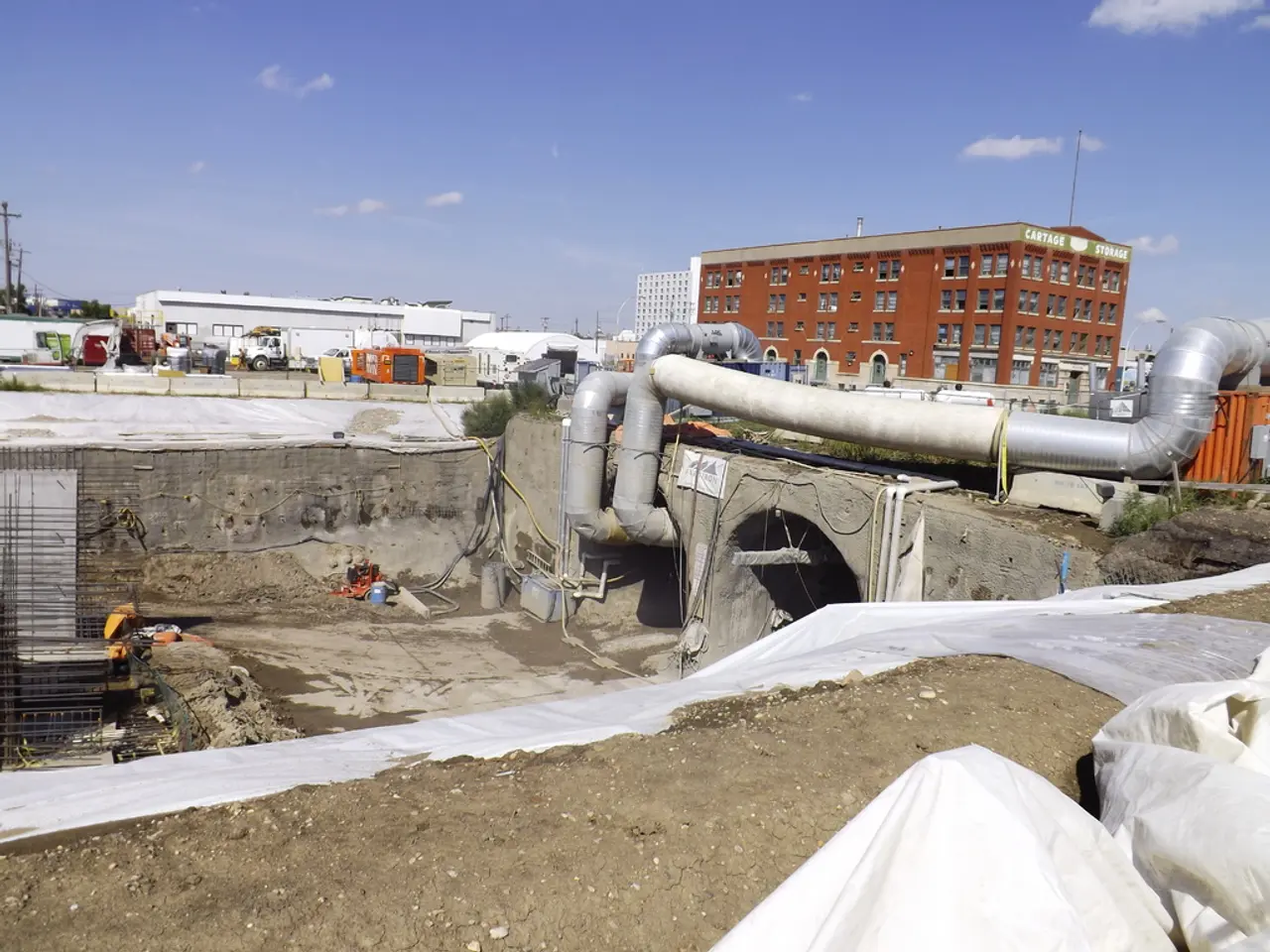Federal Workforce Reduction Approved by Supreme Court, Repercussions for Employees Explained
The United States Supreme Court has granted the Trump administration the green light to move forward with large-scale layoffs of federal workers, overturning a lower court injunction that had previously blocked these actions. This decision allows federal agencies to resume workforce reductions, marking a significant shift in the federal workforce [1][2][3].
The ruling, however, does not come without potential legal challenges. Individual agency layoff plans could still face obstacles if they are found to violate civil service protections or statutory constraints [2][3]. Federal employees affected by these layoffs are protected by various laws, which provide notice periods, appeals processes, and procedures for layoffs. These protections are designed to uphold fairness and due process [2].
Many federal employees are represented by unions, which have been actively opposing these layoffs and may continue to litigate and advocate for their members' rights. Various federal statutes also govern how layoffs can be conducted, providing potential recourse for affected employees if the procedures are not followed correctly [3].
The implementation of these layoffs could be delayed due to ongoing agency-level lawsuits and logistical challenges. Separate lawsuits concerning specific agency functions, such as the Education Department, may continue [3]. The administration's actions have returned to Judge Illston's courtroom for further litigation of constitutional and statutory questions about executive authority.
The executive order, issued in February 2025, directs federal agencies to prepare for "large-scale reductions in force." Estimates from watchdog organizations suggest that more than 75,000 federal employees have been affected, with tens of thousands already losing their jobs or taking deferred resignation packages [1]. The order is part of a broader effort to eliminate what the administration describes as wasteful and unnecessary federal programs.
Attorney General Pam Bondi praised the Supreme Court's order, stating it "stopped lawless lower courts from restricting President Trump's authority over federal personnel." Justice Ketanji Brown Jackson, on the other hand, dissented from the majority, warning of lasting consequences from the ruling [1].
For employees who believe they have been targeted unfairly, it is advised to act quickly and file claims with the Equal Employment Opportunity Commission within a limited window of time (up to 180 days from the date of the adverse action) [1]. Resources are available to help workers estimate the value of potential employment claims.
Agencies impacted by these layoffs include the Departments of Agriculture, Veterans Affairs, Energy, and the Environmental Protection Agency. Critics, including labor unions and several local governments, argue that the decision "deals a serious blow to our democracy and puts services that the American people rely on in grave jeopardy."
As the situation unfolds, affected federal employees are encouraged to seek guidance from their unions, legal resources, and employment rights organisations to understand their options and protect their rights.
[1] New York Times. (2025). Supreme Court Allows Trump Administration to Resume Large-Scale Layoffs of Federal Workers. Retrieved from https://www.nytimes.com/2025/03/15/us/politics/supreme-court-trump-layoffs.html
[2] Washington Post. (2025). Supreme Court Lifts Injunction on Trump's Federal Layoff Plan. Retrieved from https://www.washingtonpost.com/politics/supreme-court-lifts-injunction-on-trumps-federal-layoff-plan/2025/03/15/c698c17e-42d3-11e9-b652-b53a344f1e9a_story.html
[3] NPR. (2025). Supreme Court Clears Way for Trump Administration to Proceed with Federal Layoffs. Retrieved from https://www.npr.org/2025/03/15/979276941/supreme-court-clears-way-for-trump-administration-to-proceed-with-federal-layoffs
- Federal workers affected by the Trump administration's layoff plans may face potential legal challenges, particularly if individual agency layoff plans violate civil service protections or statutory constraints.
- In the face of ongoing agency-level lawsuits and logistical challenges, the implementation of federal layoffs could be delayed, with separate lawsuits concerning specific agency functions, like the Education Department, potentially continuing.
- As politics surrounding the federal layoffs continue, federal employees are encouraged to seek guidance from their unions, legal resources, and employment rights organizations to navigate the policy-and-legislation, crime-and-justice, and general-news that may arise from the layoffs.








